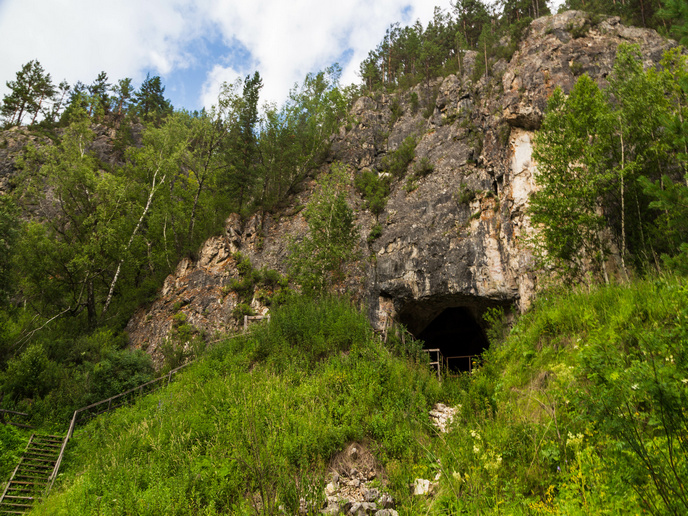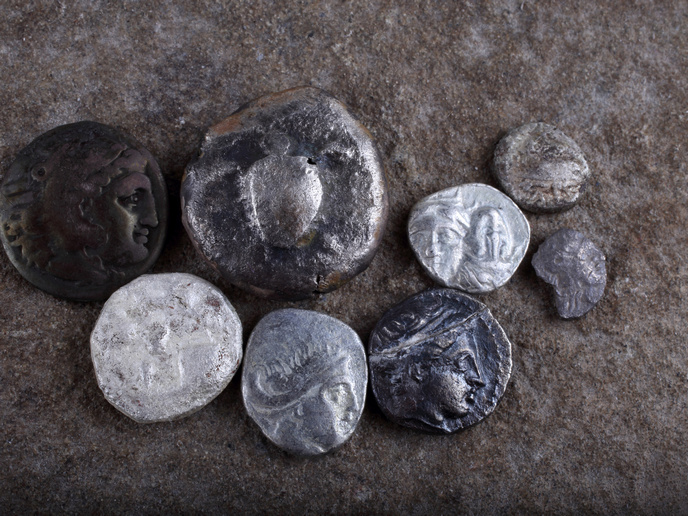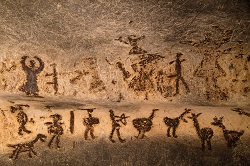Identifying human remains from Pleistocene Eurasia
The discovery of fossil deposits in cave sites across Asia and Oceania had the potential to shed new light on archaic humans. But this potential was dependent on archaeologists knowing what exactly it was they were looking at – a difficult task when the discovered fossils were mostly fragmented, non-identifiable assemblages. Enter the EU-funded FINDER project. “The project was developed in response to a dearth of fossil remains of archaic species, including Denisovans, a species of humans who lived across East Asia for at least 150 000 years,” explains Katerina Douka, an archaeologist at the University of Vienna and FINDER project coordinator. The project, which received support from the European Research Council, developed an innovative new palaeoproteomic method capable of quickly characterising and taxonomically determining the collagen of bones. With this method in hand, researchers were able to sift through the discovered fossils and identify a large number of new human fossils, including those coming from Neanderthals, Denisovans and even modern humans. “Our methods meant that we were able to not only treat these remains with respect, but also allow them to tell us their stories from many thousands of years back,” adds Douka.
A very old Denisovan
Amongst those stories was the oldest Denisovan identified yet, dating back at least 200 000 years. “Discovering new but very old Denisovans is quite special, and I hope we are able to find more elusive human species in the years to come,” remarks Douka. Another important discovery was a tiny fragment of a Neanderthal exhibiting incredible molecular and genetic preservation. Researchers further found several modern human bones that came from the highlands of Papua New Guinea, a region that has been completely overlooked in human evolutionary studies. “We also identified unexpected taxa in the archaeological record, including several wild camel bones from a site in northern China,” says Douka. “This allowed us to conclude that modern humans were utilising or targeting ancient camels as a source of food as they made their way across Eurasia.”
Studying thousands of prehistoric fragments
FINDER was the first project of this scale to utilise the thousands of under-studied fragments of bones found in prehistoric sites and to study them one by one. But, thanks to the project having trained numerous volunteers, students and early-career researchers, Douka is confident that the developed methods will continue to be used around the world. “I hope we will be able to transfer the knowledge we accumulated over the past six years to other parts of the world, particularly to the global south,” she concludes. “Palaeoproteomics and palaeogenomic studies are in their infancy in places like southern Africa and Papua New Guinea and I believe our methods will allow us to showcase how important these populations are in our understanding of late human evolution.”
Keywords
FINDER, Pleistocene Eurasia, Denisovans, Neanderthals, fossils, archaeologists, prehistoric, evolution







